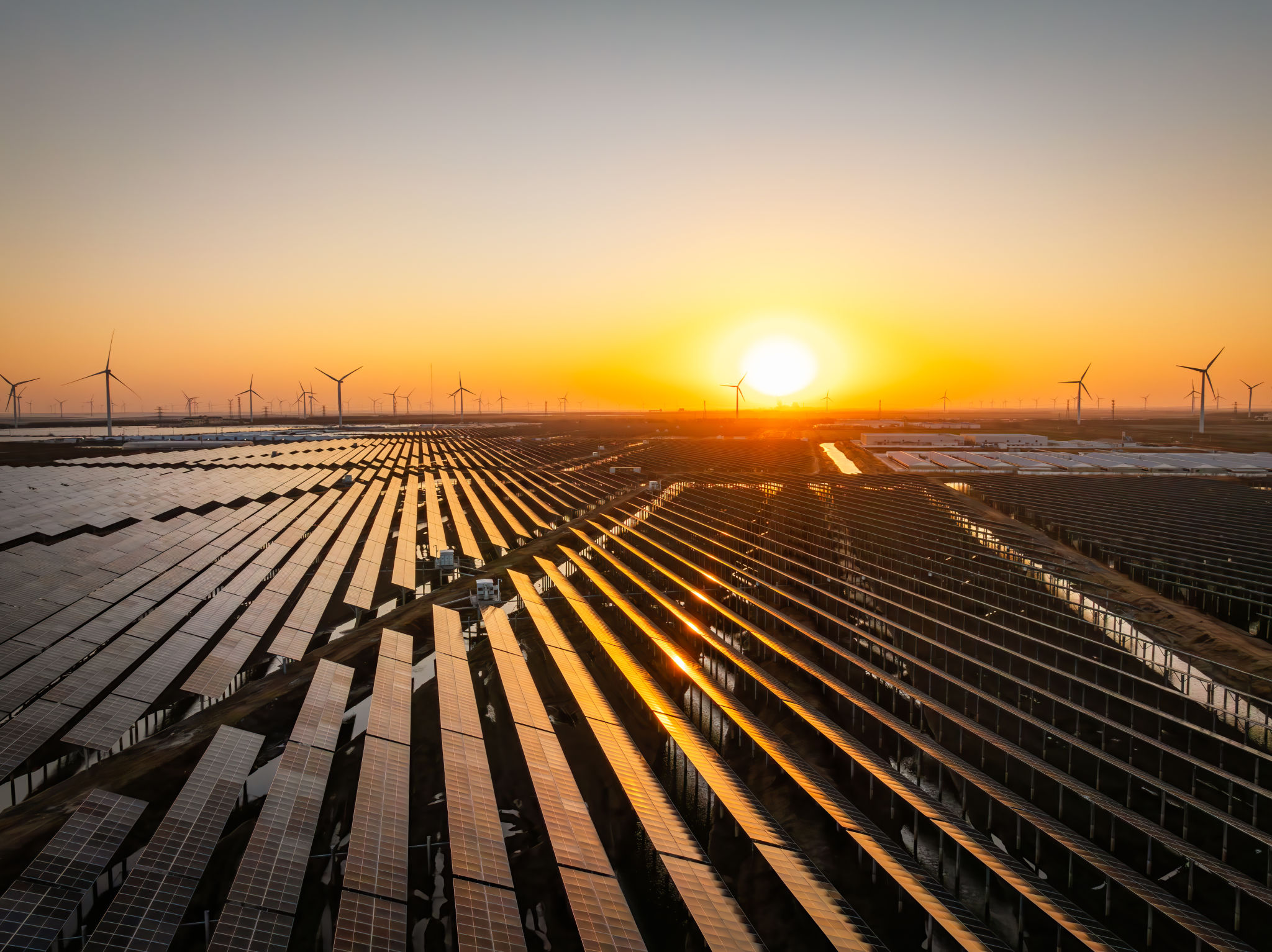Understanding Solar Installation Costs and Savings
Understanding the Basics of Solar Installation Costs
As the world moves towards more sustainable energy solutions, solar power has emerged as a popular choice for homeowners and businesses alike. However, one of the primary concerns for those considering solar energy is the cost associated with its installation. Understanding these costs and how they translate into long-term savings is crucial before making an investment.
Solar installation costs can vary significantly based on several factors. The size of the solar panel system, the type of panels chosen, the complexity of the installation process, and local labor rates all play a role in determining the final cost. On average, a residential solar panel system can range from $15,000 to $25,000 before considering federal and local incentives.

Breaking Down the Cost Components
When evaluating solar installation costs, it's essential to break down the expenses into specific components. The primary costs involved include:
- Solar Panels: These are the most significant upfront cost. Depending on the efficiency and brand, prices can vary.
- Inverters: Necessary for converting solar energy into usable electricity for your home.
- Mounting Equipment: Hardware used to secure panels to your roof or ground installations.
- Labor: Installation costs can vary based on location and complexity.
- Permits and Inspection Fees: Required by local authorities to ensure compliance with building codes.
Understanding these components helps in making a well-informed decision and potentially negotiating better rates with installers.
Exploring Solar Incentives and Rebates
A significant advantage of investing in solar energy is the availability of incentives and rebates that can dramatically reduce the initial costs. The federal Investment Tax Credit (ITC) allows homeowners to deduct a percentage of their solar installation costs from their taxes. Additionally, many states offer rebates and tax credits that can be combined with the federal incentive for even greater savings.

It's important to research your state's specific policies, as these incentives can vary widely. For instance, some states have net metering policies that allow homeowners to sell excess electricity back to the grid, further increasing potential savings.
Calculating Long-Term Savings
While the upfront costs of solar installation might seem daunting, it's crucial to consider the long-term savings potential. By reducing or even eliminating your electricity bill, a solar power system can pay for itself over time. Typically, homeowners can expect a return on investment within 7 to 10 years, depending on energy consumption and local utility rates.
Moreover, as utility prices continue to rise, the savings from generating your own electricity will only increase. In many cases, solar panel systems can save tens of thousands of dollars over their lifespan.

Deciding if Solar is Right for You
Ultimately, deciding whether to invest in solar energy involves more than just understanding costs and savings. Other factors to consider include your home's location, roof condition, and energy needs. Solar panels work best in areas with abundant sunlight, so geographic location plays a crucial role in determining their efficiency.
If your roof is shaded or requires significant repairs, it might be necessary to address these issues before installation. Additionally, evaluating your current and future energy consumption will help in choosing the right system size.
Conclusion: Embracing a Sustainable Future
Investing in solar energy represents a commitment to sustainability and financial savings. By thoroughly understanding installation costs and potential incentives, you can make an informed decision that benefits both your wallet and the environment. As technology advances and market conditions evolve, solar power remains a viable option for those looking to reduce their carbon footprint and embrace renewable energy solutions.
